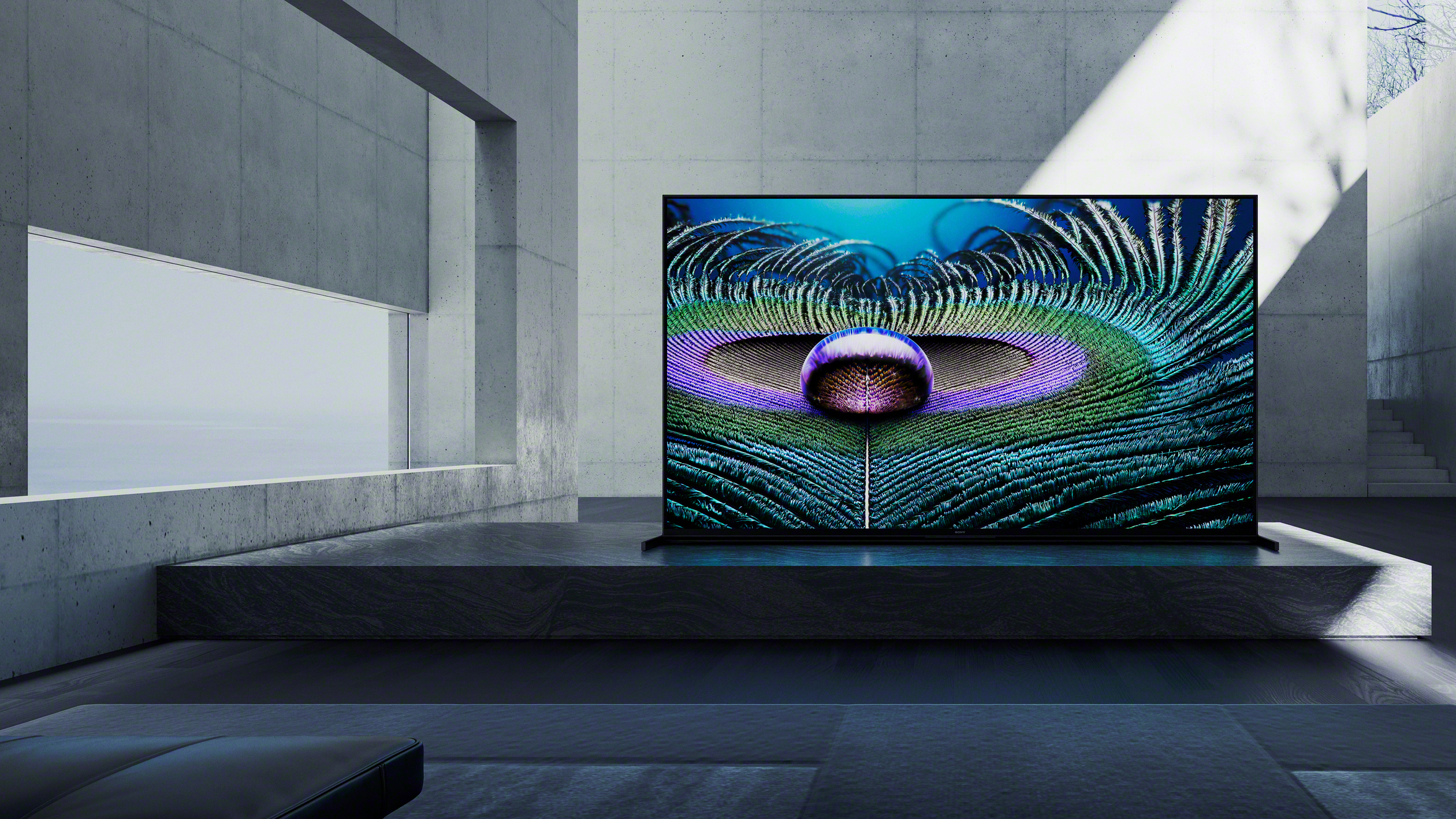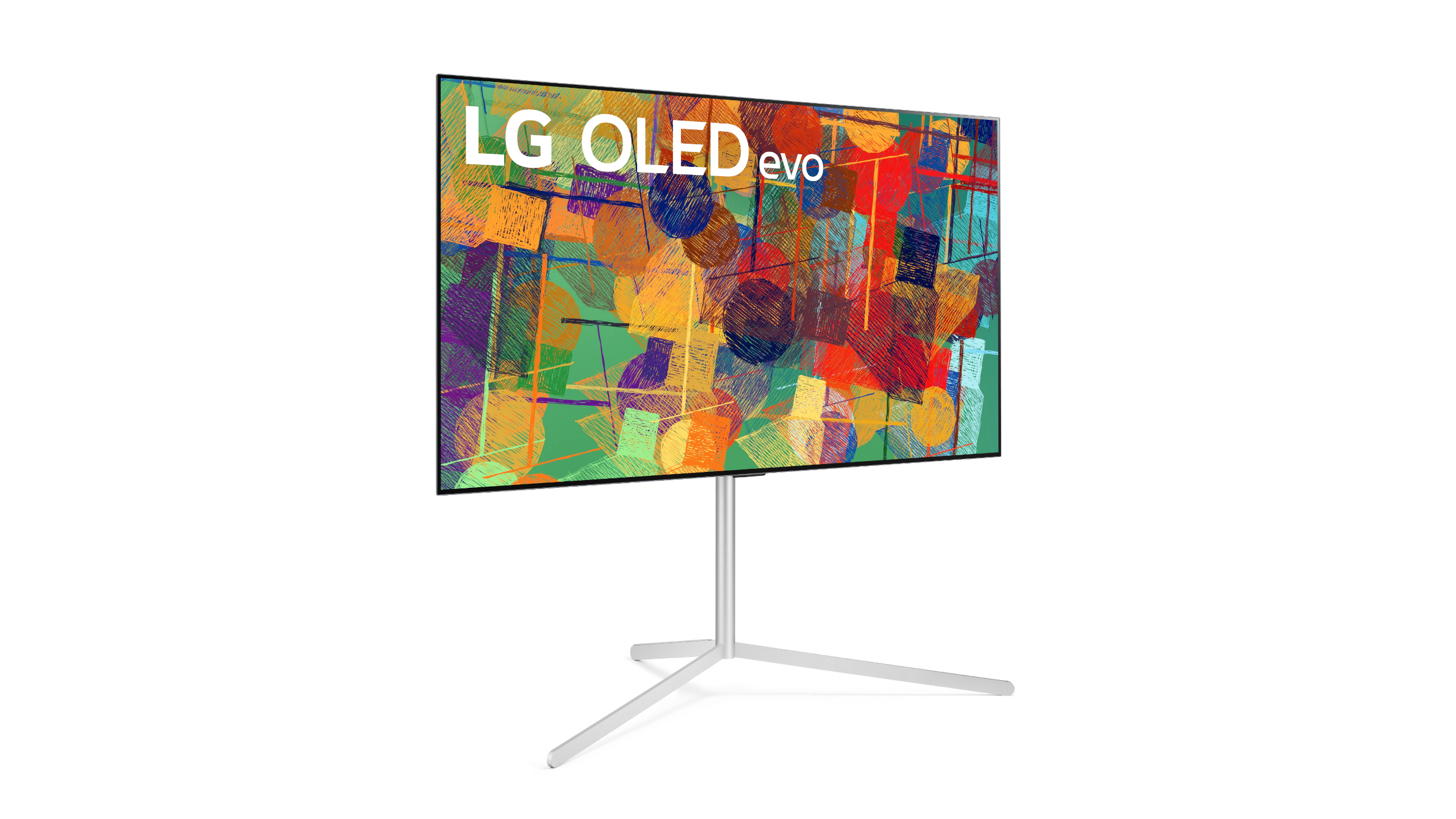

LG proudly unveiled its new 'QNED' Mini-LED TVs at CES 2021, but it probably hadn't anticipated its reveal of some smart new LCD technology to result in a big-name competitor taking the chance to roast its beloved OLED TV tech.
Commercial director at TCL, Aaron Dew, took to his blog first to say how unsurprised he was that other brands were turning to the Mini-LED technology his company first introduced to consumer TVs in 2019, but then to describe OLED as technology “that hasn’t notably changed since it was first used in TVs in the early 2010s, and still only accounts for less than three per cent of global TV sales.” Ouch.
Dew’s OLED-dissing comments seem pretty unfair at first glance. Since OLED TVs first appeared they’ve managed to get way brighter than many very knowledgable people thought possible; delivered some sensational ultra-thin designs; and in LG’s case, become highly sought after by gamers thanks to their ahead-of-the-curve next-gen gaming support.
Of course, though, LCD TVs can now do thin too. TCL just introduced a new Mini-LED XL range based around this exact idea, in fact. There’s also nothing intrinsically better about OLED when it comes to providing gaming features like 4K at 120Hz, automatic low latency mode switching and variable refresh rates. It’s just that LG’s engineers got there first. (Though the compromises to picture quality that LCD TVs sometimes have to make to keep input lag low can play in OLED’s favour when it comes to gaming TVs.)
It’s also arguable that while OLED may have come further than Dew implies since the early 2010s, it hasn’t delivered a true sea-change in its picture capabilities, especially at the mainstream level, for the past handful of years. Improvements have been largely limited to processing tweaks rather than substantial hardware advances.
That’s not to say processing isn’t important. You only have to look at the performance differences between different OLED brands that are all using the same core panels from LG Display to appreciate that. But the extent of OLED’s year on year performance improvements has certainly slowed in recent times.
You might argue – and I’m sure LG would – that OLED is so good now that there’s only room left for small improvements each year. But an in-bound new generation of bright, contrast-rich and high colour volume non-OLED displays would argue right back at you.
Get all the latest news, reviews, deals and buying guides on gorgeous tech, home and active products from the T3 experts
- Sony next-gen OLED 4K TV prices revealed – there's good news and bad news
- Samsung 'Neo QLED' TVs prices leak, and there's a jump from 2020's sets

The LG G1 will showcase LG's brightest OLED panel ever.
Times are a-changing
Choosing 2021 to have a pop at OLED for stagnating, though, actually seems pretty ill-timed. Both LG and Sony have announced at the latest CES that they are going to be introducing new high-brightness OLED TVs this year, based on actual, honest to goodness new hardware (beyond mere refinements to pixel structure, which actually happen more often than you might think).
Described cryptically by LG as a ‘new luminous element’ in its 2021 G1 OLED range, and by Sony as a new ‘laminate aluminium sheet for heat radiation’ in its new A90J range, it’s anticipated that the new OLED panel design will increase peak brightness by around 25% – to around 1,000 nits. This would put the new Sony and LG OLEDs in the same sort of brightness ballpark as Panasonic’s HZ2000 and new JZ2000 OLEDs, which have used a proprietary hardware solution (again involving heat dissipation) since 2019.
The extra brightness will raise fears that the new high-brightness OLEDs are more susceptible to screen burn (permanent shadows of static image elements, such as channel logos, that can appear over time as the organic materials in the areas where they appear wear out faster than the rest of the image). However, the new hardware elements in all these brighter OLEDs dissipate heat – and heat is a big contributing factor to screen burn. Certainly Panasonic has repeatedly claimed that its high brightness OLEDs are no more susceptible to screen burn than normal OLEDs. In fact, the risk may even be reduced.
Hitting 1,000 nits with the new OLEDs is particularly useful from a marketing as well as performance perspective, since it puts the new OLEDs pretty much in line with the brightness capabilities of the pro-grade OLED mastering monitors installed in professional grading studios.
At the same time, though, even 1,000 nits is dwarfed by the sort of brightness levels delivered/promised by current and upcoming LCD/LED-based screens. And those screens are essentially immune to OLED’s potential (though it seems to me, diminishing with every generation) screen burn implications.
The way OLED TVs’ self-emissive technology, where each pixel creates its own light, allows an image’s darkest pixel to sit right along side its brightest without either compromising the other means they get deceptively high impact from their typical 700-800 nits of brightness. But MicroLED technology, for example, as discussed in this previous article, can potentially offer the same level of local contrast alongside brightness peaks as high as 4,000 or even 10,000 nits.
The trouble is, MicroLED currently appears to be many years away from becoming affordable enough to be a viable consumer solution.

MicroLED has all the advantages of OLED, and none of the disadvantages. Except that it costs as much as house, mind.
Clear and present dangers
Samsung has hinted on and off in recent years that it might launch a so-called QD-OLED screen that combines OLED’s self emissive properties with Samsung’s Quantum Dot technology. Questions remain over the affordability and susceptibility to screen burn of this potential new contender, though. Reports emerged towards the end of 2020 that Samsung wasn’t happy with QD-OLED’s brightness, too – and QD-OLED was notably absent from Samsung’s CES proclamations.
Mini-LED technology is a much more clear and present challenge to OLED’s self-emissive attraction. Judging from the TCL models released so far, though, Mini-LED still doesn’t fully compare with OLED’s pixel-level light control (though it can, again, go significantly brighter than OLED).
There’s another reason aside from its pixel-level light control that I don’t think OLED is going to fall by the wayside any time soon: Price. This might sound a pretty strange argument at first glance given that we’re talking about a technology that would surely have achieved far higher market penetration if only it could have got closer to date to the costs of mid-range LCD TVs. But bear with me…
Thanks to more efficient manufacturing and massive recent investment by LG Display in OLED manufacturing facilities, OLED TV prices have finally started to come down at more than just a slow creep. In fact, a 55-inch OLED, the LG OLED55BX, currently only costs around £1,100/$1,400. This is hardly peanuts, of course, but it would have been unimaginable three or four years ago – and it puts OLED in the same sort of price ballpark as an upper mid-range LCD TV.
Then there’s the new A1 OLED series LG announced at CES. These are designed to be ‘stripped back’ models versus LG’s usual OLED series – but stripped back doesn’t automatically mean bad, by any means. The main areas of compromise for the A1s are a shift to a 60Hz panel rather than the usual 120Hz panel, and the swapping of multiple HDMI 2.1 connections for cheaper HDMI 2.0 ports.
What this means, effectively, is that the A1 series will be focussed on movie and TV fans at the expense of the next-gen gaming fans catered for by LG’s other 2021 OLED models – an approach I think there’s a very big market for if the price is right.
With that in mind, with the cheapest BX series in 2020 hitting such low prices, you’ve got to think that the A1 series could see OLED dropping comfortably and consistently below £1,000 for the first time. At which point it will have parked its tanks right on mid-price LCD’s lawn.
So even if true next-generation LCD/LED-based and even, possibly, self-emissive technology rivals do gradually – and I’m talking years – start to push the high-end TV market into some kind of expensive brightness war that OLED eventually can't keep up with, OLED still looks increasingly as if by that point it will be well positioned to establish itself as a force to be reckoned with in the mid-range TV market. In other words, reports of OLED’s imminent death would appear to be greatly exaggerated.
John Archer has been testing TVs and AV gear for over 25 years, having worked on Home Cinema Choice magazine. He's a contributor to Forbes, TechRadar, Trusted Reviews, Wired and many more places – if you've owned a TV in the last couple of decades, John's probably reviewed it somewhere. He's seen so many hot new technologies come and go, like tears in the rain.
